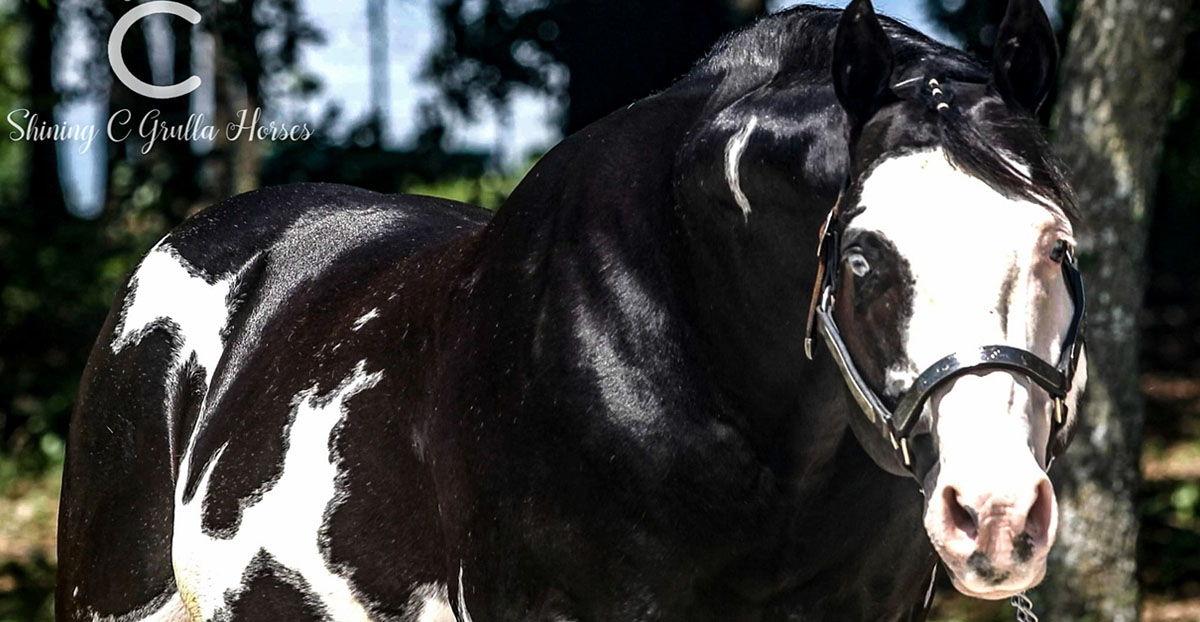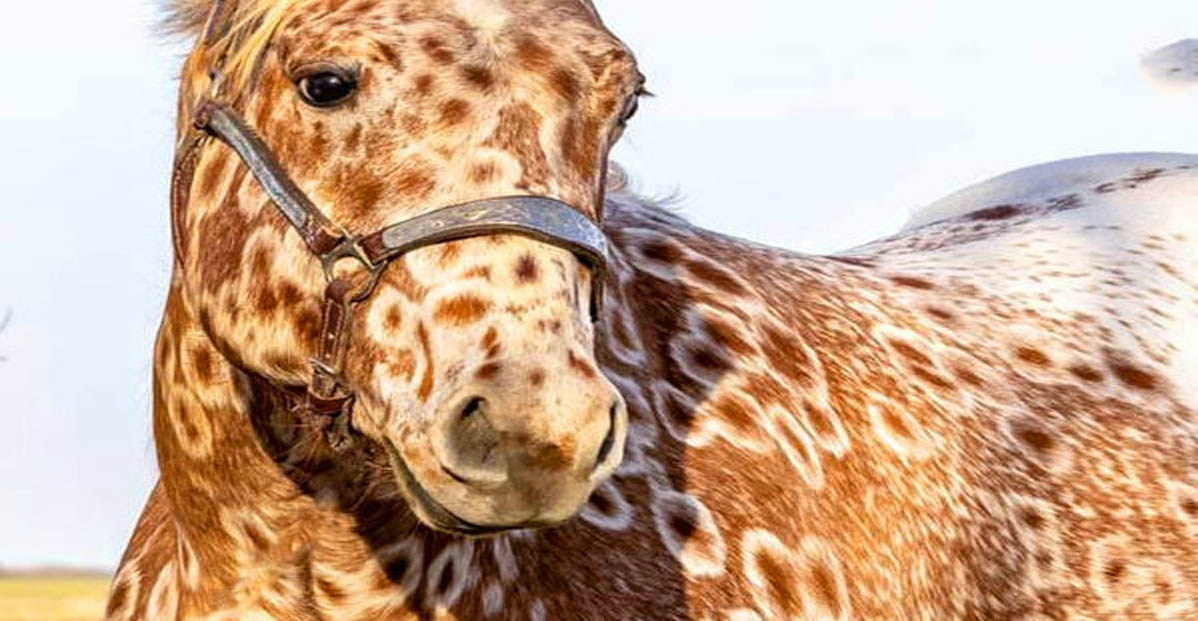Get Your Horse Moving
You`ve managed to make it up on top of your horse and boy, is it a long way down! Now, how do you get him to move? After all, you don`t want to make an animal this big mad when you are on his back. Surely you aren’t supposed to kick him, right?
Actually, yes, people do kick their horses to get them moving, but it is more like a gentle tap of the heel against the horse’s side than a true kick. You will also need to squeeze his sides and you may even need to gently tap him with a riding crop to signal that it is time for him to move faster or prepare to jump over an obstacle.
Well trained horses are taught to recognize several signals that are used throughout the world by horse trainers. Your horse should easily understand what you want him to do, but he may not obey you, especially if you are very hesitant. Don’t be afraid to sit tall, sound confident and act like you deserve to have your horse listen to you. Otherwise, you will sit on an unmoving horse for quite some time, or, even worse, find yourself clutching desperately at the saddle as he makes a mad dash for the stable.
Once your horse knows you are in charge, it is time to start moving forward. Hold the reins loosely and be sure that you are not pulling on the horse`s mouth. Then, squeeze your horse’s sides with your calves and make a clucking noise. He should start to move forward immediately. If he doesn`t, you may need to tap him with your heels to get him started.
Of course, when a horse starts moving forward, some people begin to wonder how they will get him to stop. Do not start yanking frantically on the reins and screaming. You’ll hurt your horse’s mouth and make him extremely nervous. Instead, pull gently but firmly on the reins and say `whoa` in a calm voice. Continue to gently apply pressure until the horse stops.
Now, you need to know how to instruct your horse to turn left or right. After all, these signals really come in handy when you are heading right for a big tree. To turn left, pull back on the left rein and move your right leg back a bit and squeeze your horse’s side. To turn right, pull back on the right rein and move your left leg back instead.
Occasionally, you will also need to have your horse back up. To do this, pull gently but firmly back on the reins just as you would if you were signaling him to stop. However, at the same time, squeeze his sides with your calves and make a clucking sound so that he realizes that you want him to keep moving.
Finally, you will need to learn to signal your horse to trot, canter, gallop and jump. However, as fun as it is to go fast on a horse, you shouldn’t go any faster than a walk until you’ve mastered all of the other commands and are sure that you can stay on your horse.

Actually, yes, people do kick their horses to get them moving, but it is more like a gentle tap of the heel against the horse’s side than a true kick. You will also need to squeeze his sides and you may even need to gently tap him with a riding crop to signal that it is time for him to move faster or prepare to jump over an obstacle.
Well trained horses are taught to recognize several signals that are used throughout the world by horse trainers. Your horse should easily understand what you want him to do, but he may not obey you, especially if you are very hesitant. Don’t be afraid to sit tall, sound confident and act like you deserve to have your horse listen to you. Otherwise, you will sit on an unmoving horse for quite some time, or, even worse, find yourself clutching desperately at the saddle as he makes a mad dash for the stable.
Once your horse knows you are in charge, it is time to start moving forward. Hold the reins loosely and be sure that you are not pulling on the horse`s mouth. Then, squeeze your horse’s sides with your calves and make a clucking noise. He should start to move forward immediately. If he doesn`t, you may need to tap him with your heels to get him started.
Of course, when a horse starts moving forward, some people begin to wonder how they will get him to stop. Do not start yanking frantically on the reins and screaming. You’ll hurt your horse’s mouth and make him extremely nervous. Instead, pull gently but firmly on the reins and say `whoa` in a calm voice. Continue to gently apply pressure until the horse stops.
Now, you need to know how to instruct your horse to turn left or right. After all, these signals really come in handy when you are heading right for a big tree. To turn left, pull back on the left rein and move your right leg back a bit and squeeze your horse’s side. To turn right, pull back on the right rein and move your left leg back instead.
Occasionally, you will also need to have your horse back up. To do this, pull gently but firmly back on the reins just as you would if you were signaling him to stop. However, at the same time, squeeze his sides with your calves and make a clucking sound so that he realizes that you want him to keep moving.
Finally, you will need to learn to signal your horse to trot, canter, gallop and jump. However, as fun as it is to go fast on a horse, you shouldn’t go any faster than a walk until you’ve mastered all of the other commands and are sure that you can stay on your horse.



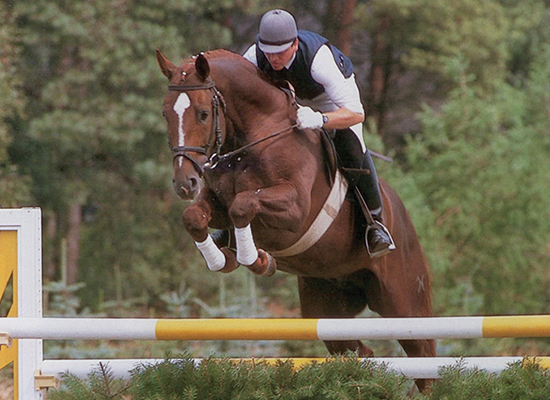
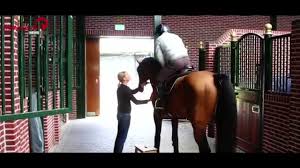
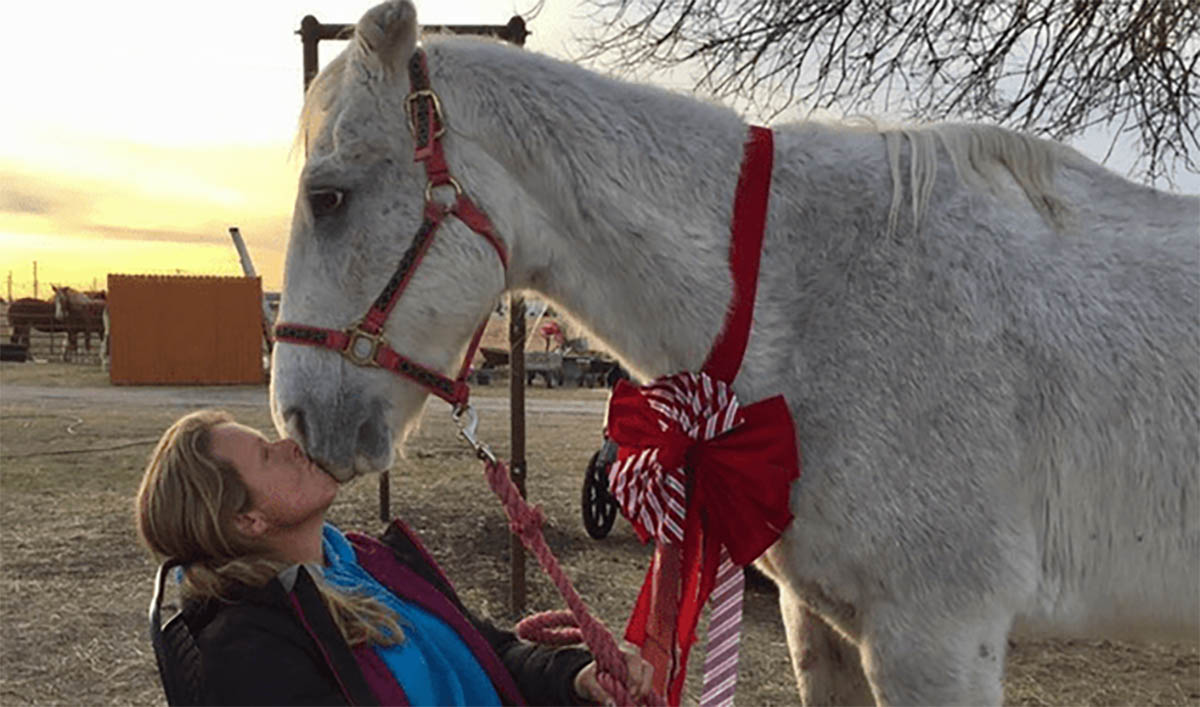


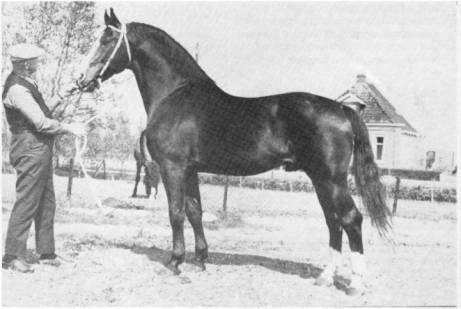
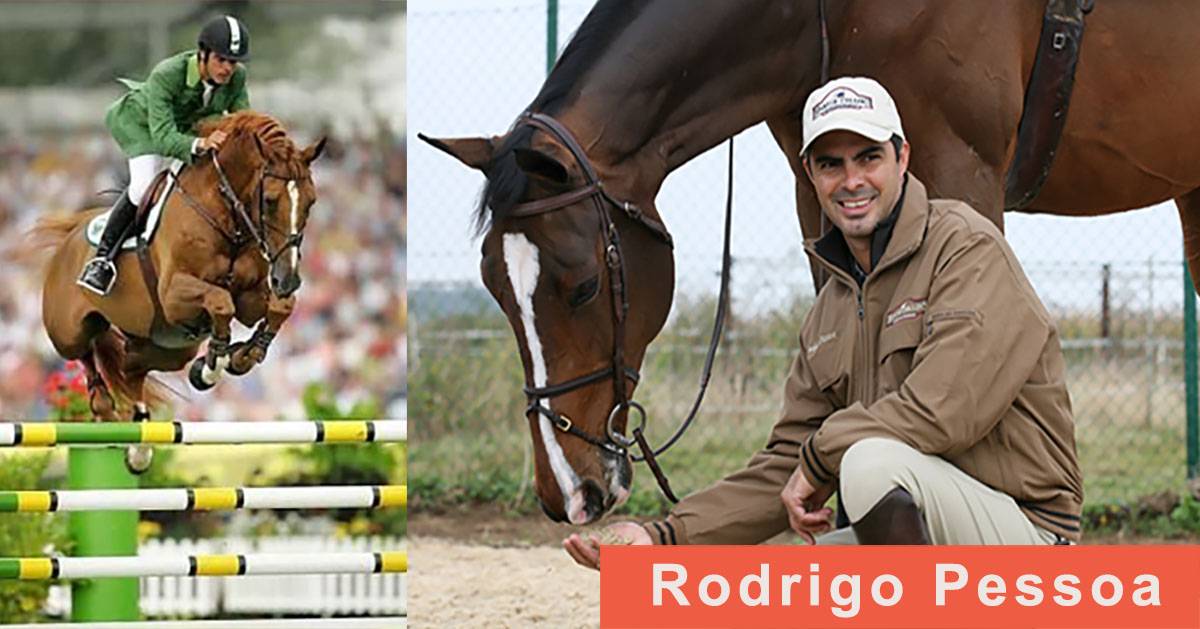
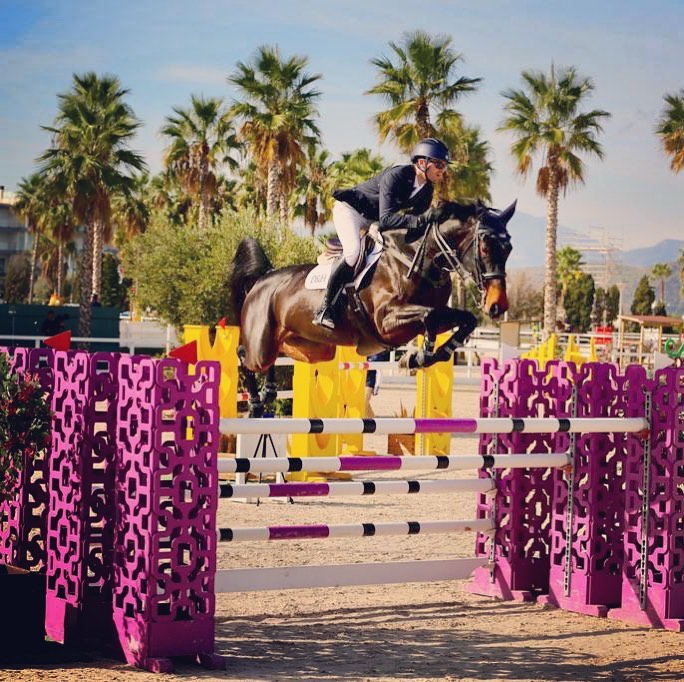

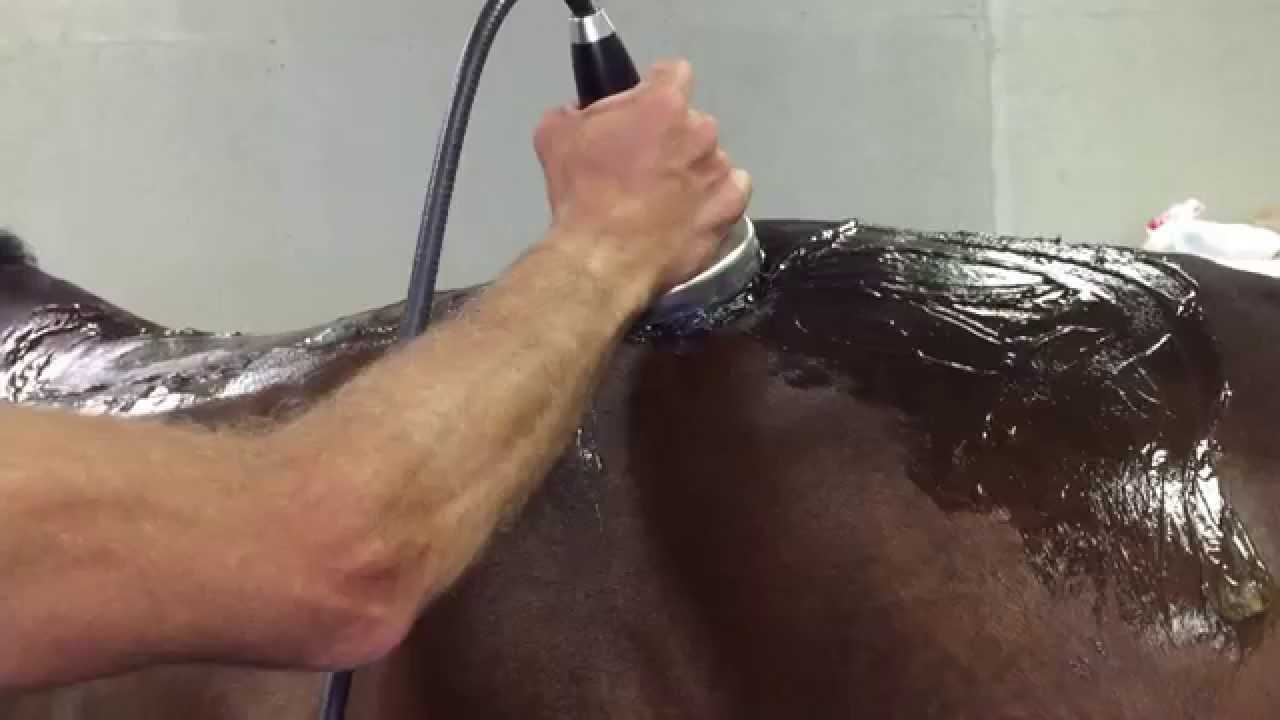
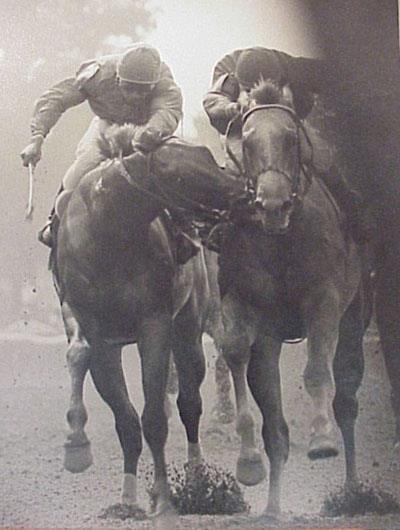
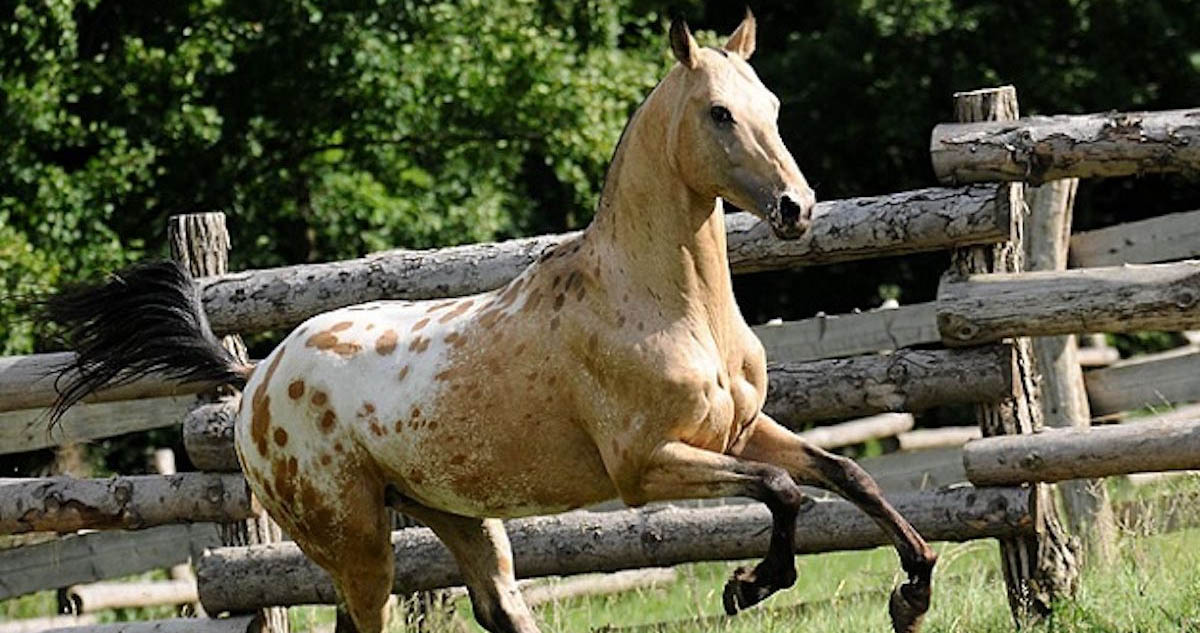

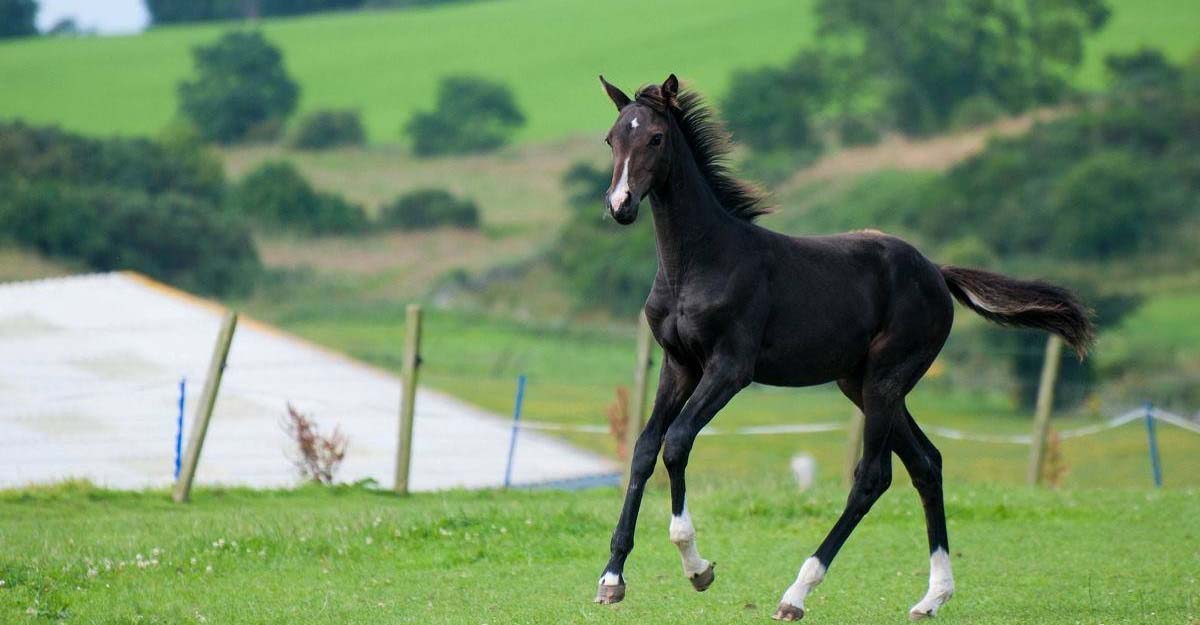

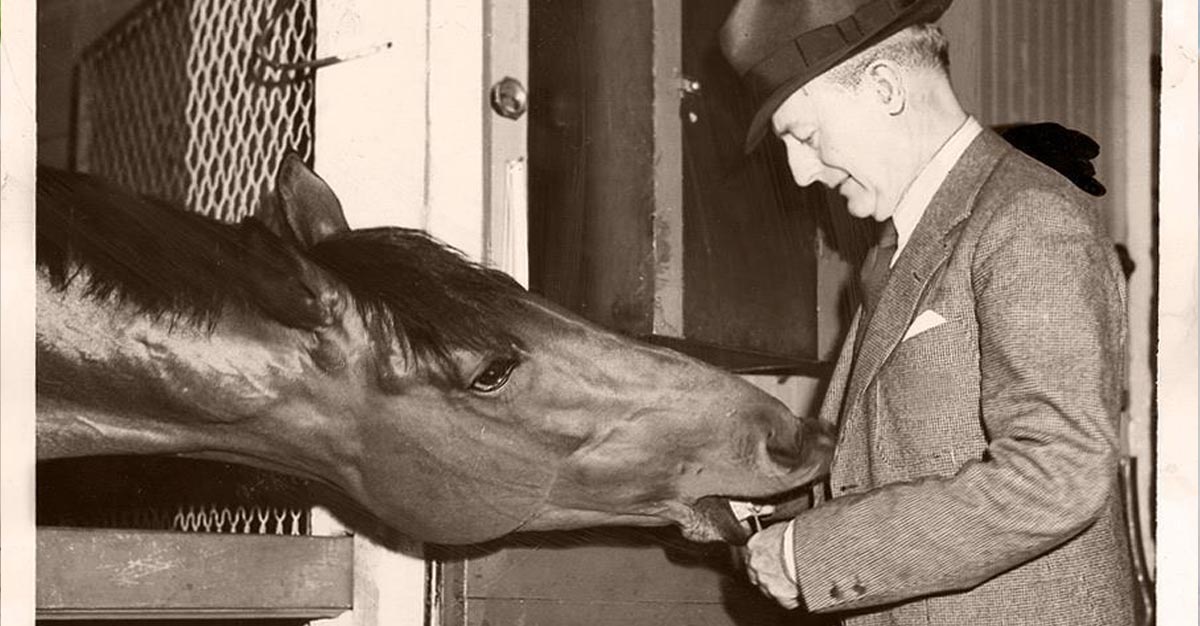
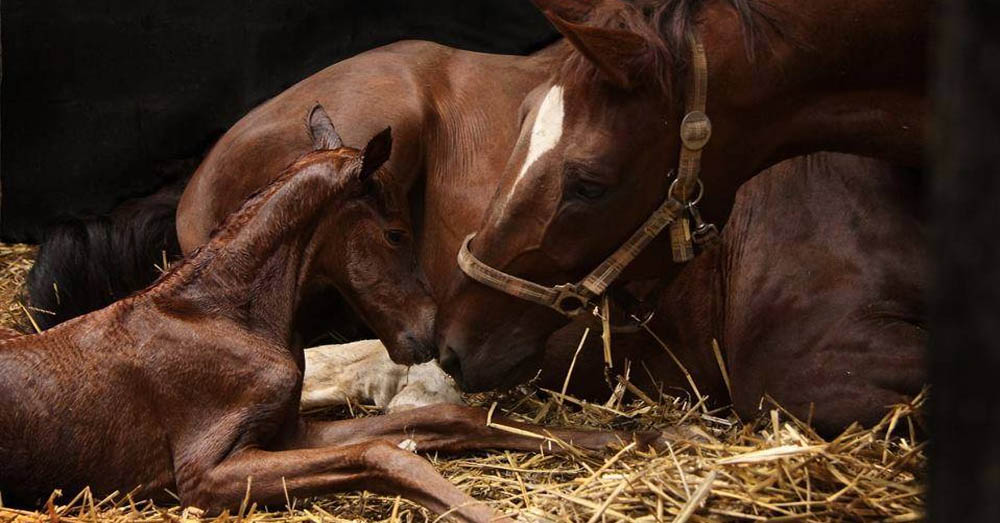
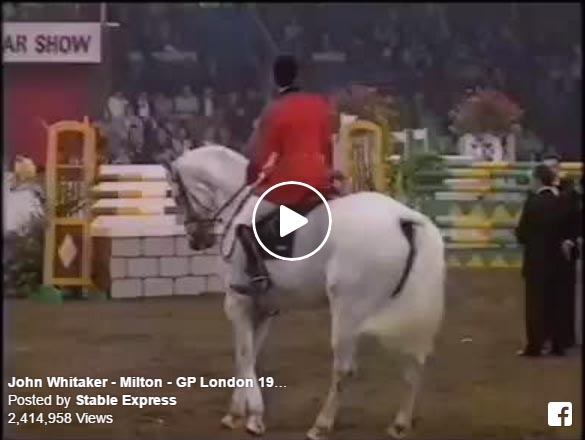
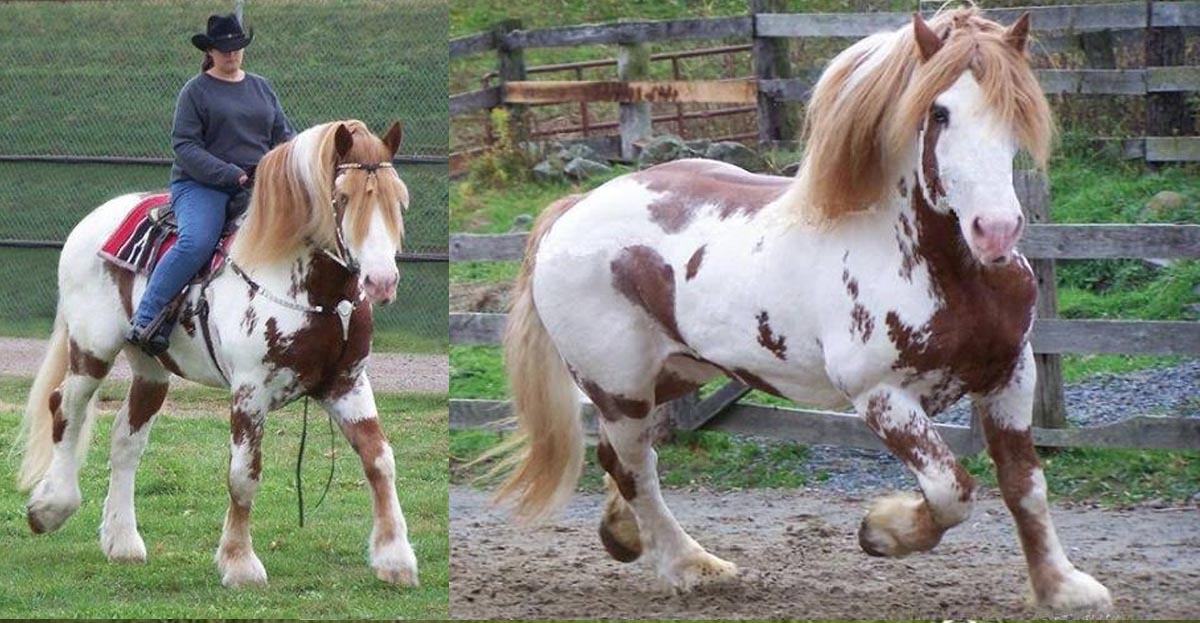
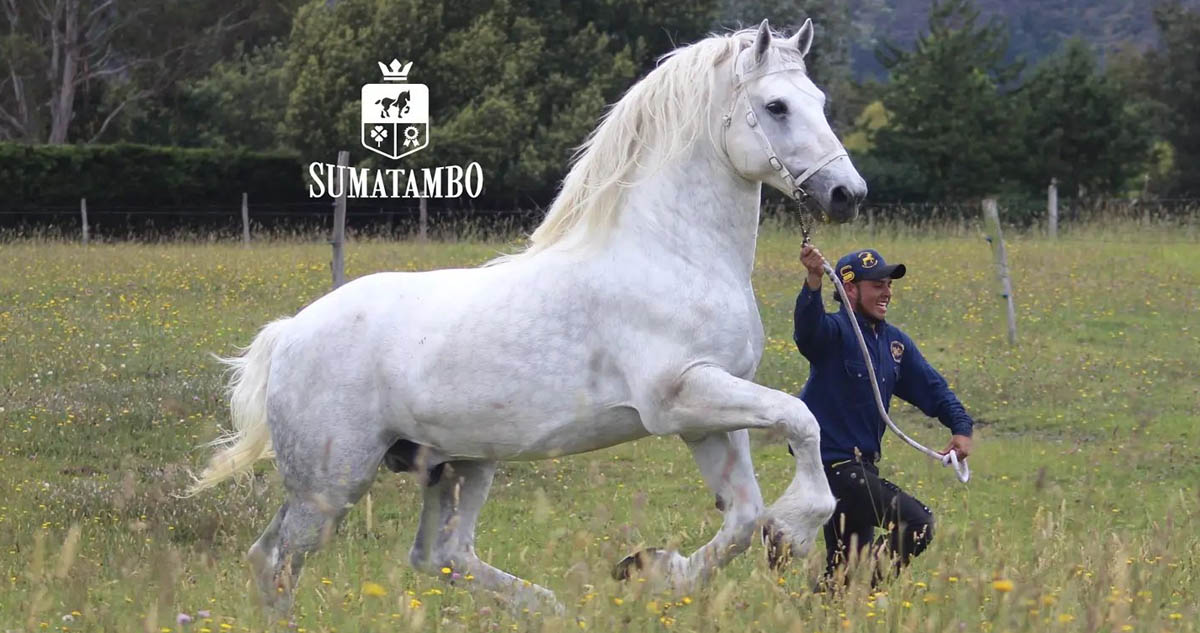
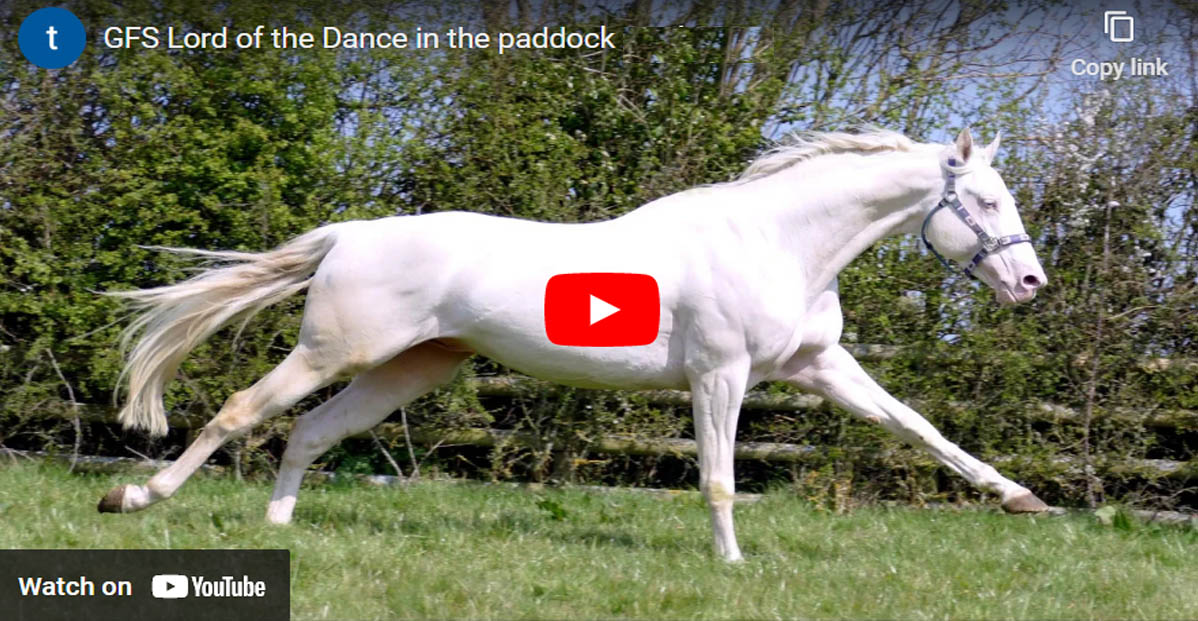
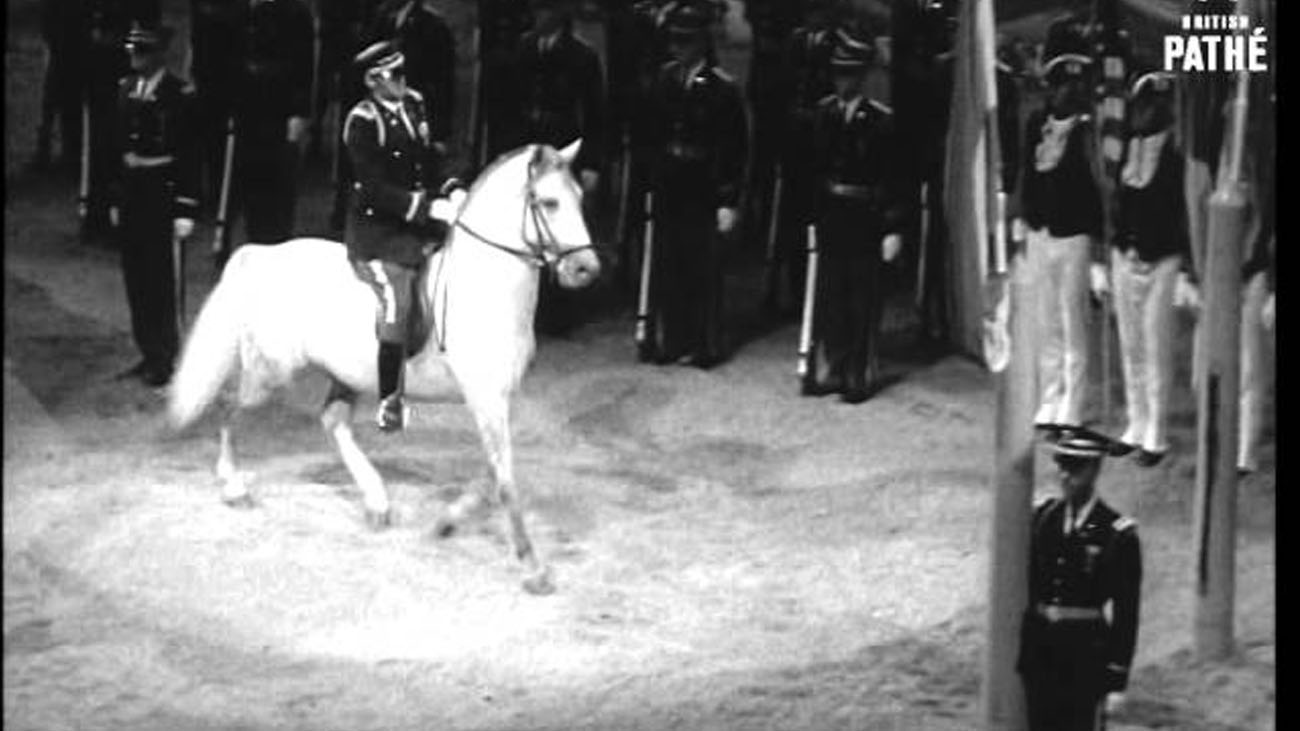
.jpg)
